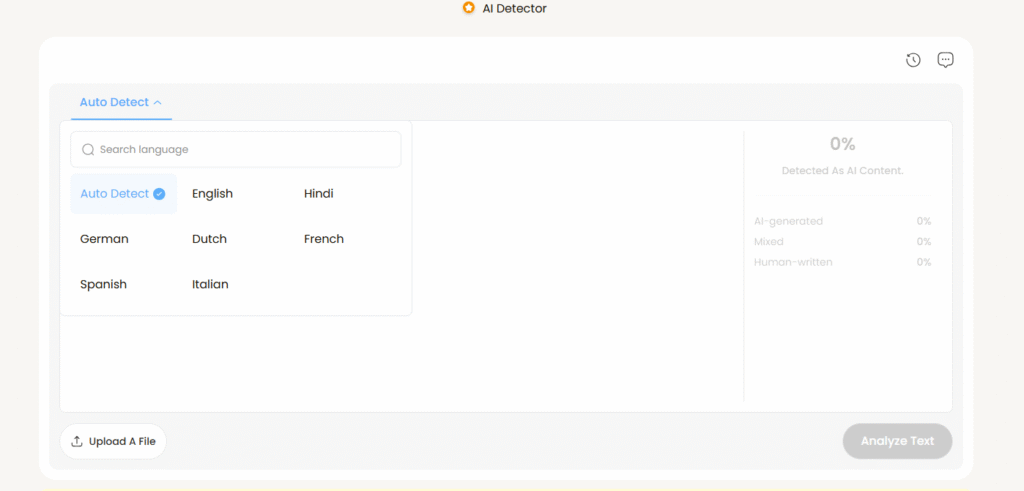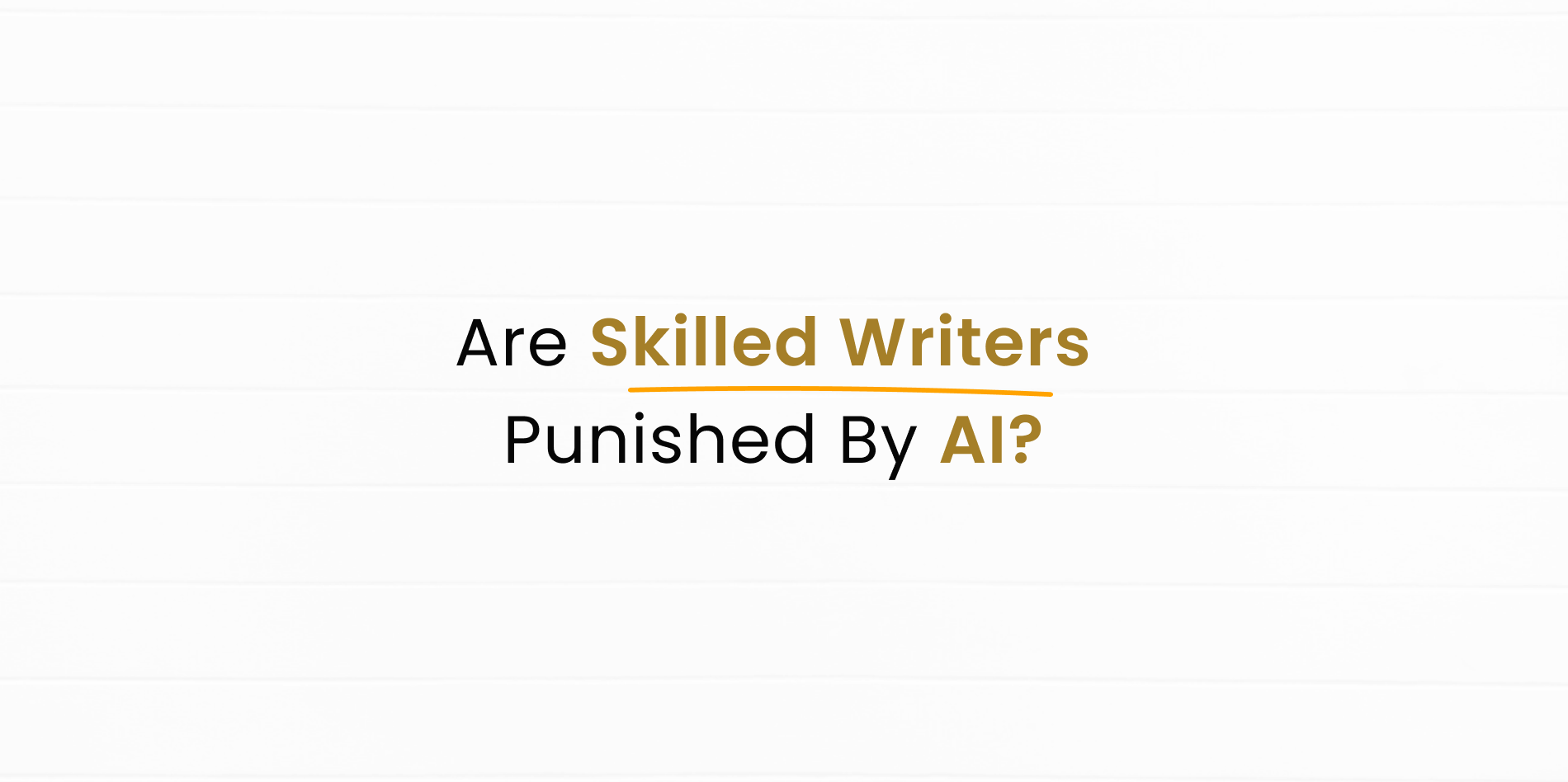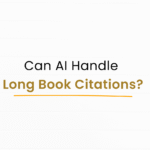The rise of the AI writing detector and AI content detector has changed how we judge originality in writing. Tools like the Grammarly AI detector and the Turnitin AI detector claim to identify AI-generated content, but are they always accurate? In many cases, human writers especially students and professionals are unfairly penalised because their natural style gets flagged as AI-generated. This raises an important question: are these detectors helping maintain originality, or are they punishing good writers?
What is an AI Writing Detector?
An AI writing detector is a tool designed to analyze text and determine if it was created by humans or AI systems. The AI content detector works by scanning patterns, sentence structure, and predictability. Popular tools like the Grammarly AI detector and the Turnitin AI detector are now widely used in schools, colleges, and workplaces.
While these detectors sound useful, they are not perfect. They often misclassify genuine human writing as AI-generated.
Why Do AI Writing Detectors Penalise Good Writers?
Good writers often have clear, structured, and fluent writing. Ironically, that’s exactly what AI content detectors look for when flagging AI-like patterns.
- Turnitin AI detector sometimes flags original essays even when no AI tools were used.
- Grammarly AI detector may highlight natural, polished sentences as “AI content.”
- Other AI writing detectors risk lowering the credibility of genuine writers.
This creates unnecessary stress for students, researchers, and content creators.
AI Content Detector Accuracy Issues
Not all AI writing detectors are equally reliable. Studies have shown that:
- Some tools mark human-written blogs as AI-written with over 40% error rate.
- Detectors like Turnitin AI detector sometimes give false positives, creating distrust.
- Free AI content detectors available online can be easily tricked by synonym swaps or paraphrasing tools.
This shows that the technology is still developing and should not be treated as 100% accurate.
The Role of Grammarly AI Detector and Turnitin AI Detector
Both Grammarly AI detector and Turnitin AI detector are widely used.
- Turnitin AI detector is common in schools and universities. It helps educators track plagiarism and AI use, but it often punishes genuine students.
- Grammarly AI detector is integrated with a grammar checker, but its AI detection accuracy is not always reliable.
Relying solely on these tools may lead to unfair grading or credibility issues.
Alternatives to AI Writing Detectors
Instead of only relying on AI detectors, writers can use smarter tools that enhance their creativity. Platforms like KreativeSpace provide writing support without unfairly penalising genuine authors.
Useful tools on KreativeSpace include:
- Summarizer – for quick summaries.
- Grammar Checker – to refine writing.
- Paraphraser – for rewriting without detection errors.
- Plagiarism Checker – to ensure originality.
- AI Detector – a fairer system for identifying AI writing.
Why KreativeSpace is a Better Choice
Unlike tools such as Grammarly AI detector or Turnitin AI detector, KreativeSpace focuses on supporting writers instead of penalising them. Its AI detector balances fairness, ensuring human writers are not punished for their creativity. Students, bloggers, and professionals can rely on it to improve productivity without fear of false flags.
👉 Forbes – AI Detectors Can Misfir

The Decider
The debate over the AI detector penalizing writers is not just about technology it’s about fairness, creativity, and trust. While tools like Turnitin AI detector and Grammarly AI detector serve important roles, they still misjudge human writing too often. For writers, students, and professionals, the key is not to fear AI detection but to use the right tools, like those from KreativeSpace, that protect both originality and creativity.



